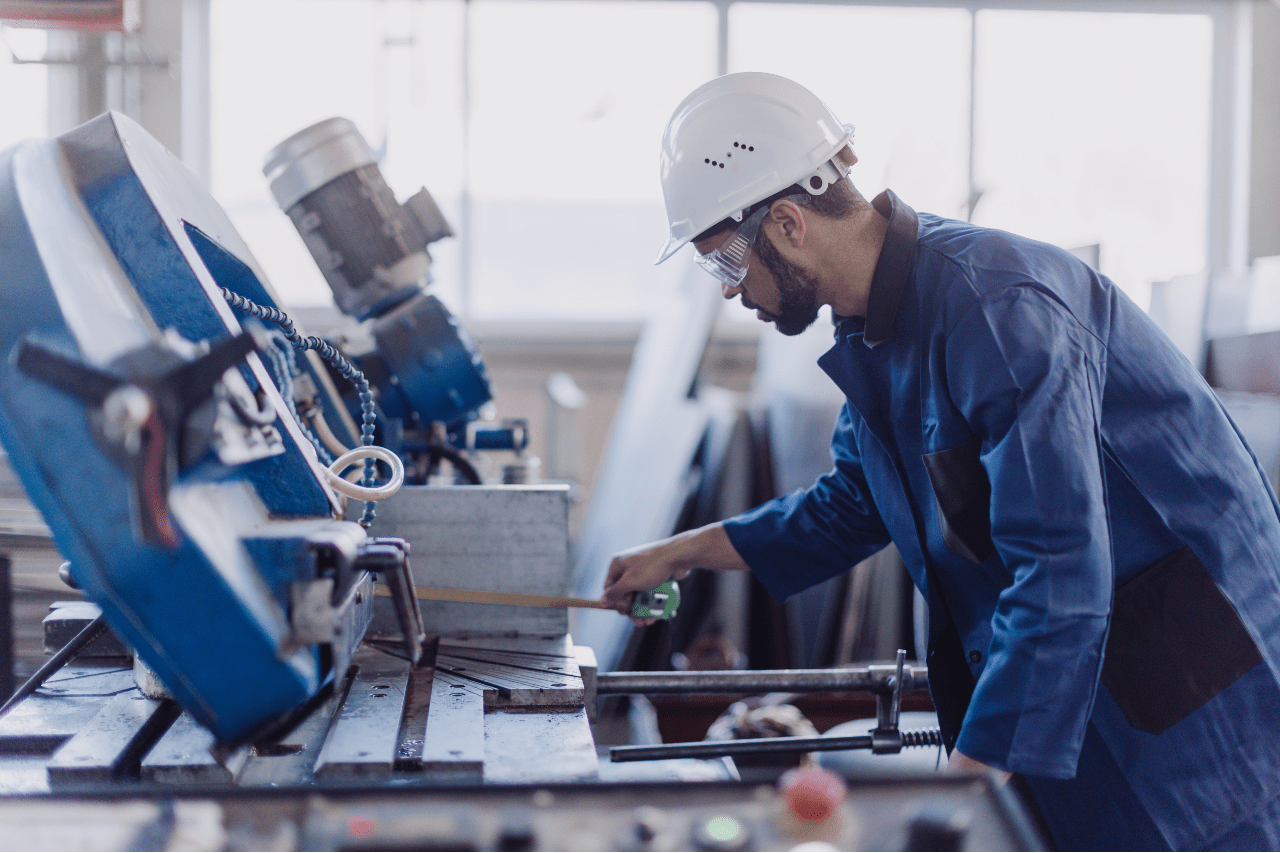Table of Contents
ToggleWhat is a UV Coil?
UV is the abbreviation for undervoltage. Undervoltage is defined as a condition where the applied voltage drops to 90% or lower than the rated voltage, which allows the coil to open. When used in a circuit breaker the action will trip the breaker. The breaker can not be reclosed until power is reapplied to the undervoltage coil.
Undervoltage coils are typically used to allow remote control from a circuit breaker. Control power must be applied to the coil to allow the circuit breaker to close or turn on. When the circuit breaker is running and performing properly, any device that removes power from the coil will instantly trip or open the breaker.
A UV coil is an optional accessory that can be installed in circuit breakers that triggers when the voltage falls below a certain threshold. UV coils are designed for electrical safety and can protect heavy equipment from damage.
Why Use a UV Coil?
According to Macromatic, electromechanical devices are designed to operate at specified levels and if the voltage drops below these levels, the devices will draw higher currents. This results in rising heat levels in the inner workings of the equipment, which damages the insulation. Continuing to operate equipment experiencing undervoltage can reduce its lifespan and even lead to failure.
Think of it like a human heart. Your equipment is the heart of your operation, and like the heart, electrical equipment keeps everything running and relies on an electrical signal explicitly designed to keep it working normally. Just like human hearts can develop arrhythmia (an irregular heartbeat), your equipment can experience irregular electrical activity that can threaten its lifespan. Overvoltage and undervoltage can be compared to tachycardia and bradycardia respectively.
Neither of these are good for your equipment and can impede regular function. Using an undervoltage coil can help save your equipment from unnecessary harm.
What Does Undervoltage Release Mean?
Undervoltage release, also called low-voltage release, is the function some electrical devices have that turns their loads back on after a power outage. Low-voltage protection is the opposite function, where after a power outage, loads will not automatically turn back on when voltage is restored.
For example, low-voltage protection would prevent a microwave from turning back on if it had been interrupted by a power outage.
How Does a UV Coil Work?
A UV coil works by tripping the breaker when it detects that voltage has fallen below a safe level of operation, which shuts down machinery to save it from possible damage that operating at low voltage could cause.
UV coils can be installed inside the operating system of a circuit breaker case. They are not powered by the circuit breakers they are installed in, but by a separate power source, like a battery or separate control source. They were originally designed for use in coal mines but are now widely used in industries that employ heavy machinery.
Effects of Undervoltage
Power fluctuations can be dangerous, both for people and for the equipment. UV coils function by sensing these fluctuations, then triggering the circuit breaker to trip and mitigate any damage the overvoltage or undervoltage could have caused. Without using a device like a UV coil or having some kind of protection system in place, your equipment is vulnerable to any damage power fluctuations may cause.
If a UV coil is not installed and voltage dips below normal levels, you may notice your equipment running hotter than usual or failing, has dim lighting, or if batteries are failing to charge properly.
Shunt Trip Coil Vs. UV Coil
A shunt trip coil is designed to open a circuit remotely. When shunt trip coils activate, they become a momentary power source that opens the breaker.
Shunt trip coils and UV coils can do the same thing, but they have to be wired differently to do so. While UV coils relax in, shunt trip coils spring out. Their actions are the opposite, but they can both be used to achieve similar results.
A shunt trip coil opens a breaker while an undervoltage coil trips it. The main difference between the two is that shunt trips open the breaker when a control voltage reaches it, and undervoltage coils trip the breaker when a control voltage is taken away from it.

Advantages of Using UV Coils
UV coils are useful for situations where voltage may have issues staying consistently above a certain level, such as if utility and facility transformers are undersized or overloaded. Without this kind of safeguard, your equipment is at an elevated risk of being damaged from undervoltage.
What Industries Use UV Coils?
UV coils are used in industries that have heavy equipment, such as construction, agriculture, mining, power generation, and petroleum or oil refineries.
You may have seen those buttons at gas stations that are labeled as the shut-off switch for fuel pumps. This is a great example of an application of undervoltage coils in everyday life. When a button like this is pressed, the undervoltage coil installed will trip the circuit breaker and turn off the pumps in the event of a fire, fuel spill, or any other emergency.
Makers of UV Coils
Many producers make UV coils, but some well-known manufacturers are Square D, Cutler Hammer, and General Electric.
One tip for installing undervoltage coils is to always make sure power has been removed from the device before any maintenance is done, for the safety of both personnel and machinery.
Conclusion
At Electrical Power and Control, we strive to find the right solution for your electrical needs. We also provide repairs and offer an extensive array of products and services.
For more information on ways to improve the longevity of your equipment and keep it and your personnel safe, read about 3 ways to extend the life of your electrical equipment.
If you have any questions or concerns, contact us or call 205-812-5402.